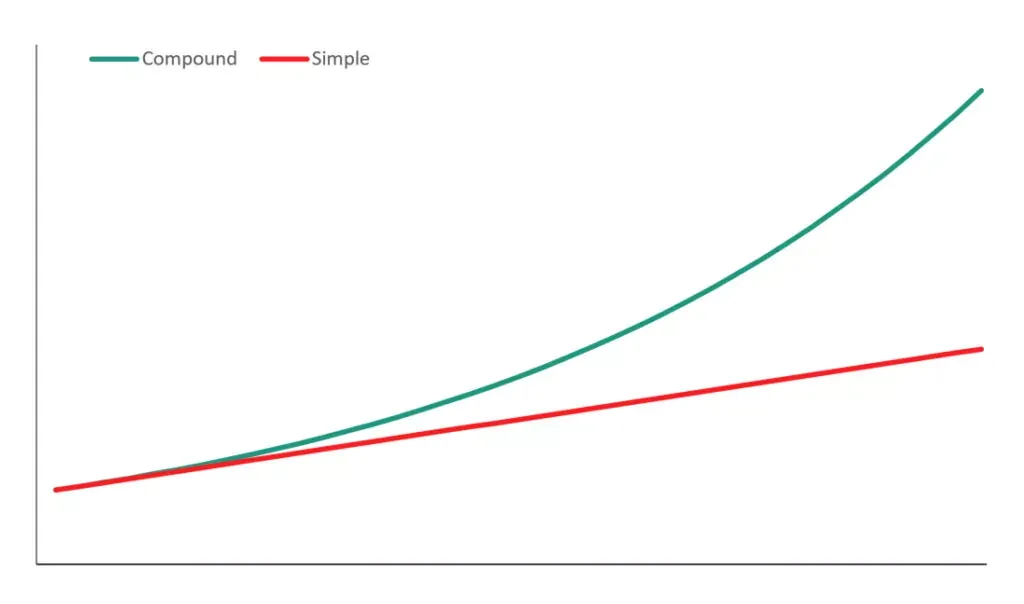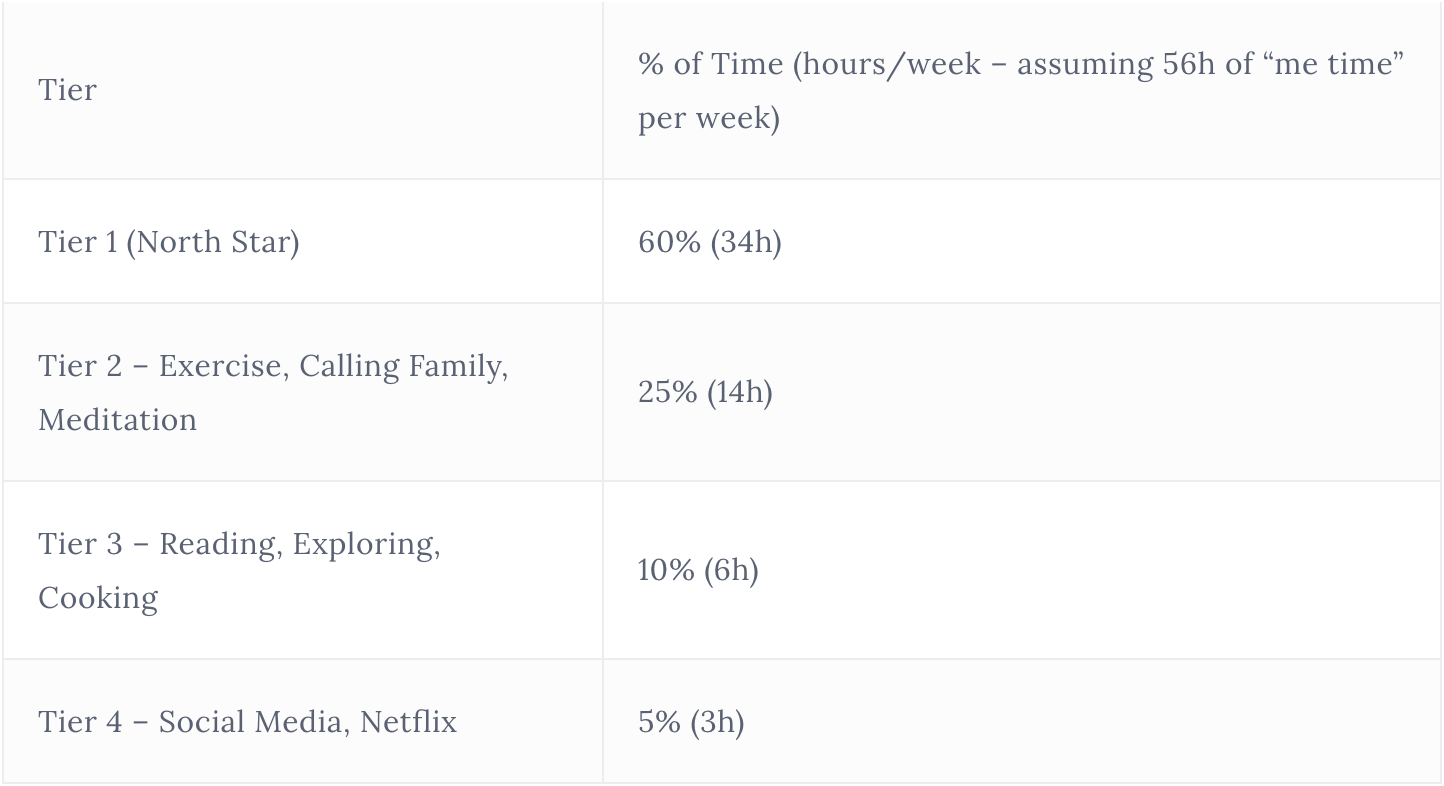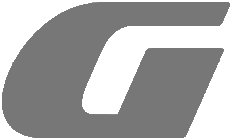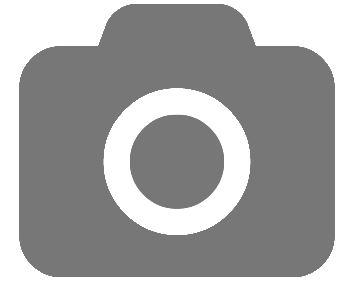“I want to debunk the myth that originality requires extreme risk taking and persuade you that originals are actually far more ordinary than we realize.” — Adam Grant, Originals
Edit: The response to this article has been amazing. Since launching it, over 80k people have read it. Thank you to all that have reached out with kind words and others who have generated meaningful discussion. All I ask is that you read the entire article before commenting that it does not apply to you. - SS
Hi readers. Allow me to introduce myself: I’m Steph. I’m an indie maker. I also lead a remote team of a couple dozen as the Head of Publications at Toptal. On top of that, I’m a self-taught developer, a woman, and identify with many more things.
As I continue to tackle all of these in tandem, I often have people asking how I manage it all. Although it’s not a walk in the park, I believe that most people limit the dimension of what they think is possible and ultimately, limiting beliefs become more of a blocker than actual bandwidth.
Moreover, I’ve always found it strange how people like to put things neatly into boxes or associate with a single label. I think that we can and should explore a multitude of things in life and am writing this article to showcase that being a maker and having a full-time job is not only possible, but also that diversifying your available opportunities can keep you more agile, realistic, and sustainably committed.
Before jumping in, I should clarify that these views are my own and don’t necessarily represent the views of Toptal.
TL;DR
There are three key concepts that I want to tackle in this piece. The first is for those who think that they don’t have enough time and why I feel this notion is often misplaced. The second is to highlight the benefits of sticking with a job and why successful people are best at risk mitigation, not maximization. And finally, the third will isolate some improvements that I think we can all make in our approach to thinking — moving past just indie making and working full-time, these concepts will hopefully help you optimize within a bigger box or perhaps remove the box entirely.
1. “I don’t have enough time”
The average American works 8.8 hours, born out of the industrial revolution and carried through to the twenty-first century out of routine, rather than active consideration. Robert Owen crafted the saying “Eight hours labour, eight hours recreation, eight hours rest.”, in an effort to have people work reasonable hours, while still running factories efficiently.
Despite the world and workforce changing dramatically, this concept of “work time” and “me time” persists today. I’m not here to dispute the 40h model (there are already too many resources for that — who hasn’t heard of the 4h work week?), but instead dispute the perception of “me time”.
For many people, a long day of work means that they are entitled to this “me time” and have designed “me time” to be as distinct from “work time” as possible. For many, it looks a lot like this: ~Netflix and chill~.
But what if we stopped imaging “me time” as relaxation time, but instead exactly as it is titled — time to focus on yourself and align with your goals. If you need rest, then rest. But if your goal is to one day become an entrepreneur, a significant portion of “me time” should be invested in getting there since it won’t happen on its own. “Me time” shouldn’t just be non-tiring activity, but anything that helps an individual get to the future state that they wish to be in.
With approximately 16 hours of the day allocated to work and sleep, every individual has approximately 8 hours to allocate to “me time” and if used appropriately, a lot can be achieved in that nearly 3000 hours each year.

“Most people overestimate what they can do in a day, but underestimate what they can do in a year.”
There is also a misconception that in order to build a sustainable business, you need to spend an inordinate amount of time to get there. While it’s true that a lot of effort needs to be delivered, what matters the most is the consistent effort over time. Most people undervalue this concept of compound interest.

Take a look at the following equations:
- 1.01³⁶⁵ = 37.8
- 1.10³⁰ = 17.5
Consistently improving your business (or life) by 1% every day for a year has double the impact as improving by 10% each day for a month. Consistency plus compounding is powerful.
“If everything is a priority, then nothing is a priority.”
I think that most people operate in life by either not clearly identifying priorities or considering everything one. While I believe in ambition, one key step in being successful is identifying core priorities and eliminating the noise that falls outside of that.
Core priorities are dynamic and can change over time, but I think that you can’t really have more than 3 core foci at a given time.
Past setting these focal points, it’s about changing behavior to live by them. Once again, if most people were to objectively reflect on how they’re spending their time, they would get something like this:

For me, this is how my personal priorities have transformed over time:
- 2017: Work, Travel, Relationship
- 2018: Work, Learning to Code, Building Side Projects
- 2019: Work, Scaling Side Projects, Sharing Ideas (Writing, Speaking)
In order to sustain a full-time job while creating projects, I’ve had to remove distractions. For example, I don’t watch TV. I don’t commute. I am currently not in a relationship. These were all active choices.
Of course, some of these things will be temporary (ex: relationships), but I’m also mindful of what I’m reintroducing into my life and whether it’ll contribute, take away from, or become one of my north stars.
I think this concept can also be thought of as tiered time investments. With anything you do, if it contributes to your north star, consider it a Tier 1 investment. For something that doesn’t contribute to your growth at all, perhaps label it as a Tier 4. It doesn’t mean that you can’t spend time across tiers, but the amount of time that you spend across each should be reflective of how much you care about them.
Example (this will be an independent exercise for anyone):

2. The benefits of keeping your job
Hopefully the previous section helped convince you that you have enough time to work full-time while creating side projects, or rather, fit more things into your life if you align your values → priorities → behaviours. In this section, I hope to convey why keeping your full-time job can be a beautiful thing.
Getting paid to learn
“Some workplaces are definitely broken, but the entire workforce isn’t.”
I often hear people say things like “I can’t wait to get out”, referring to quitting their jobs and eventually being their own boss. Before you quit, consider why you want to quit your job. Usually, this is not a problem with them having a full-time job, but the particular job they’re working at or perhaps the particular person who they’re reporting to.
All people should strive to find a job that is empowering, motivating, and allows them to grow in some dimension. Larger organizations practically guarantee that﹣it’s rare that you are the smartest person in the room and you certainly will never be the most competent person in the room across every dimension.
Working in my “day job” allows me to continuously learn from people who are smarter than me, and get paid for it. I’m also faced with challenges that I simply wouldn’t encounter with my side projects and I often need to learn how to solve these challenges alongside others. I encourage people to intentionally design their career path to take on new skills ranging from hard to soft. Both will be important if you eventually decide to go off on your own in the future.
With the workforce becoming more dynamic, the ability to learn from others while working on your own projects in tandem is a development that many people are taking. In fact, I polled several hundred on Twitter, and found that a significant number of people are doing exactly this.
I love my job, so I have no reason to quit really. It also allows me experiment and really take my time with what I'm making :)
— Johan Lejdung (@JohanLejdung) February 9, 2019
Keeping ideas fresh and the mind clear
Outside of learning, keeping a FT job has other tangible benefits which may help you build a more sustainable side project.
Out of personal experience, I’ve found that keeping my job and side projects separate has allowed me to still find independent joy in both. Whenever I switch from one context to the other, particularly with making, it’s still “fun”.
Tough balancing act, and always careful to avoid burnout. I always had to remember that I’m doing the side projects for fun, so if it isn’t fun don’t force it. I’m lucky in that it was still able to grow, despite long period of borderline neglect.
— Philip Manavopoulos (@manavo) February 9, 2019
I think this is particularly due to the fact that in its current state, making is not my lifeline. I hope that someday it does become something much more substantial, but for now, I can make decisions regarding my projects that aren’t influenced by the need to make cash immediately.
More importantly, I can focus on expressing myself through projects I truly care about, instead of focusing on what may generate $, and through this process, I stay close to my values. In other words, I can focus on creating value, instead of specifically on capturing it, similar to how Gumroad’s founder Sahil Lavingia pivoted to do this or how Warby Parker’s founders ensured that money would not trump their values:
“We were four friends before we started, and we made a commitment that dealing with each other fairly was more important than success.” — Originals, Adam Grant
Tied to the above, I can ditch a project or think rationally when I realize that a project doesn’t offer any value, nor do I need to take VC money or tend to investors that I don’t believe in.
“Having a sense of security in one realm gives us the freedom to be original in another. By covering our bases financially, we escape the pressure to publish half-baked books, sell shoddy art, or launch untested businesses.” — Originals, Adam Grant
Finally, I can invest the proper amount of time in skill acquisition. I liken this to the concept of how public stocks are focused less on creating long-term value through innovation and instead on next quarter’s revenue numbers. I am a private stock that can focus on myself and my skills, with the intention of building them for the long-haul.
In other words, the clear distinction between my expression and creativity is separated from my lifeline and I think that’s helpful in making more effective decisions.
Pilot a lot and then bet it all
“The word entrepreneur, as it was coined by economist Richard Cantillon, literally means “bearer of risk.” — Originals, Adam Grant
There is a common misconception that entrepreneurs are all “risk-takers” and that you need to go “all in” to be successful. Both of these are both proven false in Adam Grant’s book Originals; that entrepreneurs are not necessarily risk takers, but instead better at evaluating risk and hedging their bets.
“When Pierre Omidyar built eBay, it was just a hobby; he kept working as a programmer for the next nine months, only leaving after his online marketplace was netting him more money than his job. The best entrepreneurs are not risk maximizers,” Endeavor co-founder and CEO Linda Rottenberg observes based on decades of experience training many of the world’s great entrepreneurs. “They take the risk out of risk-taking.”” — Originals, Adam Grant
Grant also captures another study by Joseph Raffiee and Jie Feng which tracked the following question from 1994 to 2008, across over 5 thousand Americans: “When people start a business, are they better off keeping or quitting their day jobs?”
The result? They found that those leaving their jobs were doing so not out of financial need, but instead out of sheer confidence. However, those that were more unsure — more risk-averse — were the ones that had 33% lower odds of failure.
Another study identified that entrepreneurs whose companies topped Fast Company’s most innovative lists also tended to stick with their day jobs, including famous entrepreneurs Phil Knight (Nike), Steve Wozniak (Apple), and Google Founders Larry Page and Sergey Brin.
Knight worked as an accountant for 5 years while selling shoes from his trunk, Wozniak kept working at HP, and the Googlers continued on with their PhDs at Stanford. These are just a few of the originals in the book—Grant also cites similar stories ranging from Brian May studying astrophysics before going all-in with Queen, John Legend working as a management consultant even after releasing his first album, Spanx founder Sara Blakely selling fax machines as she prototyped and scaled her company to eventually become the world’s youngest self-made billionaire, and famous author Stephen King working as a janitor, teacher, and gas station attendant for 7 years after his first story was published.
We all have multiple passions and I think life is about making strategic transitions when it makes sense. There’s no need to cut from one scene to another immediately. People may think it’s cool to be a risk taker, but it’s much cooler to come out on the other side successful.
3. Restructuring your way of thinking
Regardless of whether you choose to work full-time while exploring side projects, I think we can all be a little more effective at opening our minds to different ways of thinking. This section will touch on some of the ways that I think we can stop limiting ourselves and others.
No more dichotomies
People love putting things into boxes. You’ll hear people use nouns or adjectives as definitive labels all the time:
- Technical or not technical
- Happy or sad
- Employee or entrepreneur
See where I’m going with this? Despite these labels, I believe that almost everything can be represented in some sort of curve; particularly with skill acquisition. For example, when do you really “become” a programmer?

Truly creative thinkers stop thinking in binary and instead are able to internalize the concept of these curves. They view things as a ramp or staircase or Venn diagram, NOT as a series of boxes. When you remove dichotomies, you are able to more clearly see other options, like slowly ramping up your time investment in your side gigs instead of quitting immediately.
Optimizing your life
I think that it’s very naïve for anyone to assume that they’re working at their global maximum in terms of effectiveness. The truth is that we all have room for improvement both in terms of being faster/leaner, but also in making better decisions to remove work that shouldn’t be on our plate in the first place.
Should you choose to work on multiple things, make sure that you have independent KPIs for all of them. People tend to do this with businesses, but the concept is so rare in our personal lives. Are you able to quantify how much time you’ve invested in yourself over the past year? Most people wouldn’t be able to.
If you don’t have KPIs for both, the one without clear KPIs will naturally slip to the wayside or not receive the amount of attention it deserves.
I also think it’s important to understand the concept of “meta work”. My definition of meta work is the following: “If you did that activity continuously for a year, would your life be any different?”
Let me elaborate.
If I answered emails every day for the next year, would my life have changed in any significant way? In other words, would I have moved from A to B? The answer is no.
The same thing is true for things like laundry or buying groceries or doing your nails. Oh yes, Netflix fits neatly in there too.
There’s a second type of task which I label as absolute tasks. If done consistently, you would likely see your skillset or life change in a material way. For example: if you read every day for a year, your knowledge set, creativity, and reading speed would all likely improve. If you exercised every day, your health would undoubtedly improve. Similarly, if you dedicated 1 hour every day to learn to code, you would have an entirely new skillset by the end of the year.
While meta tasks are unavoidable in life, make sure that your goals in life are not meta — they need to be absolute. When you create your to-do list for the day, make sure at least one thing is absolute (remember: 1.01³⁶⁵ = 37.8). And of course, when you can: automate as many of the meta tasks as you can. Meta tasks in many ways can be synonymous with distractions unless they bring some sort of independent joy to your life.
The myth of overnight success
Finally, I want to address one last misconception: there is no such thing as overnight success. This misconception is derived from the way the media operates.
TechCrunch will never write about how X person spent Y years bootstrapping a sustainable non-unicorn that abides by its values and respects people’s privacy. Outliers are flashy, but they are still outliers.
Up until a few years ago, I never truly understood this concept of a continuous climb. I thought that every successful person who said that it took a lot of work and hard effort was just self-justifying their luck.
“When we marvel at the original individuals who fuel creativity and drive change in the world, we tend to assume they’re cut from a different cloth.” — Adam Grant, Originals
The reality is that building anything of value takes time. Sure, it may take longer for you to build while working full-time, but that’s okay.
If you currently work full-time, don’t put yourself into a box and instead, just start working towards ideas that you find interesting. The perfect idea will never come, so I encourage everyone to start working even 1 hour per week on ideas they find compelling and ramp that up until you’re in a place where it makes sense to take them on full-time. The mental clarity of separating your lifeline (your job) from your projects may be the most healthy and thoughtful approach.
Remember, there is no moment that you become an entrepreneur, so there is no need to quit your job just to define yourself as one.
PS: You can join the conversation on Twitter or subscribe to my newsletter.
Just 🚀 my first article with @makermag!
— Steph Smith (@stephsmithio) February 12, 2019
You don't need to quit your job to make
⏱ Power of compound interest
📍 Core foci
🧠 Pilot a lot and then bet it all
📦 No more dichotomies
📈 Quantifying life
📐 Meta work vs absolute
🙅🏻♀️ Myth: overnight successhttps://t.co/g5HxtAdAAX
PPS: If you liked this article, you might enjoy my podcast or my latest project.
Related posts about Making:
- Finding Programming Inspiration: Learning to Code and Launch in Months
- How to Be Great? Just Be Good, Repeatably
Originally published at makermag.com.












